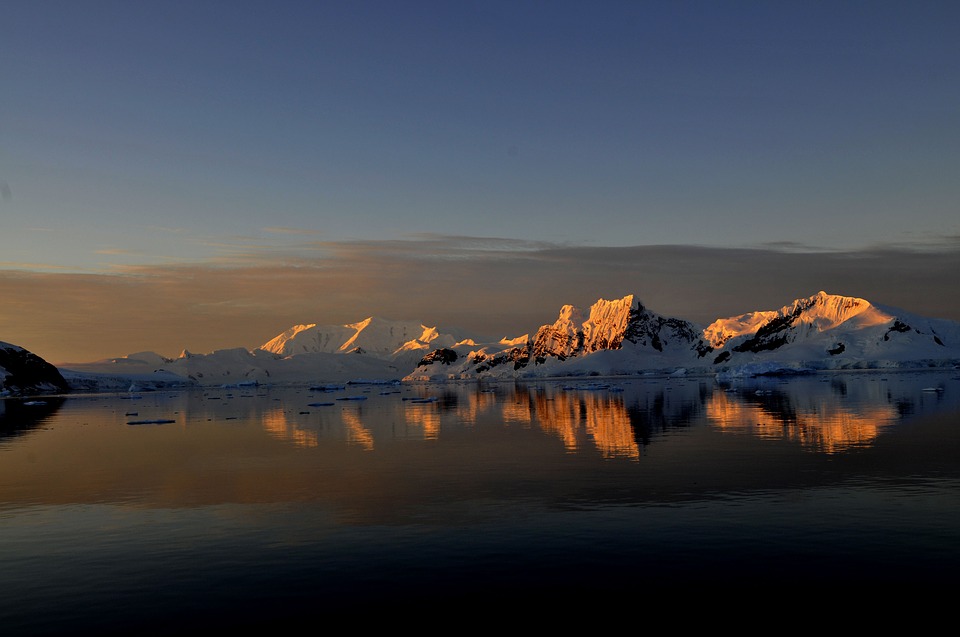From what is known about Antarctica is that it is a place where many scientists all over the world come to explore. In 1985, a Chilean scientist came across a 200-year old discovery that could shed light on who may have arrived on the frozen continent first.
Chilean scientist Dr. Daniel Torres recalled his discovery on BBC’s Witness History podcast back in February. Dr. Torres was doing a census on the animals inhabiting Cape Sherriff in Livingston Island in Antarctica. While collecting the plastic buoy he saw along with a plastic container; he noticed a pile of volcanic stones with one white stone amongst them.
“But when I got closer, I saw that on the surface of this stone there were a series of lines that looked like a human skull. Obviously, I stopped and went up closer, and I was able to establish that it was a human cranium, half-buried in this very thick volcanic sand, 40 meters away from the shore,” recalled Dr. Torres.
Once Dr. Torres found the cranium, he searched among the rocks for the remaining parts of the skull and took it back to his colleagues at the Chilean Arctic Institute for studying. They found that the skull belonged to a woman in her 20s, who somewhat arrived in Antarctica from Chile around 200 years ago. By the time her remains were found, according to Dr. Torres, the skull was around 175 years old.
This discovery suggests that Chilean explorers may have been the first people to set foot on the frozen continent at the time.
Previously, another discovery on Antarctica was made earlier this year, but it actually has been monitored by NASA since 2014. The team of researchers from the Thwaites Glacier Offshore Research Project or THOR discovered Sif Island found in the western part of the frozen continent. It was unearthed when the ice from the Pine Island Glacier melted off over the course of six years from 2014, according to the United States Geological Survey.
The THOR team are the first humans to set foot on this uncharted island, named after the Norse god Thor’s wife Sif, who is the Norse goddess of the Earth.



 Neuren Pharmaceuticals Surges on U.S. Patent Win for Rare Disorder Drug
Neuren Pharmaceuticals Surges on U.S. Patent Win for Rare Disorder Drug  Jared Isaacman Confirmed as NASA Administrator, Becomes 15th Leader of U.S. Space Agency
Jared Isaacman Confirmed as NASA Administrator, Becomes 15th Leader of U.S. Space Agency  SpaceX’s Starship Completes 11th Test Flight, Paving Way for Moon and Mars Missions
SpaceX’s Starship Completes 11th Test Flight, Paving Way for Moon and Mars Missions  CDC Vaccine Review Sparks Controversy Over Thimerosal Study Citation
CDC Vaccine Review Sparks Controversy Over Thimerosal Study Citation  SpaceX Starship Explodes in Texas During Test, Citing Nitrogen Tank Failure
SpaceX Starship Explodes in Texas During Test, Citing Nitrogen Tank Failure  FDA Adds Fatal Risk Warning to J&J and Legend Biotech’s Carvykti Cancer Therapy
FDA Adds Fatal Risk Warning to J&J and Legend Biotech’s Carvykti Cancer Therapy  Neuralink Expands Brain Implant Trials with 12 Global Patients
Neuralink Expands Brain Implant Trials with 12 Global Patients  Eli Lilly’s Inluriyo Gains FDA Approval for Advanced Breast Cancer Treatment
Eli Lilly’s Inluriyo Gains FDA Approval for Advanced Breast Cancer Treatment  Tabletop particle accelerator could transform medicine and materials science
Tabletop particle accelerator could transform medicine and materials science  Trump and Merck KGaA Partner to Slash IVF Drug Costs and Expand Fertility Coverage
Trump and Merck KGaA Partner to Slash IVF Drug Costs and Expand Fertility Coverage  Is space worth the cost? Accounting experts say its value can’t be found in spreadsheets
Is space worth the cost? Accounting experts say its value can’t be found in spreadsheets  Lab-grown meat: you may find it icky, but it could drive forward medical research
Lab-grown meat: you may find it icky, but it could drive forward medical research  Trump Signs Executive Order to Boost AI Research in Childhood Cancer
Trump Signs Executive Order to Boost AI Research in Childhood Cancer  Blue Origin’s New Glenn Achieves Breakthrough Success With First NASA Mission
Blue Origin’s New Glenn Achieves Breakthrough Success With First NASA Mission 































